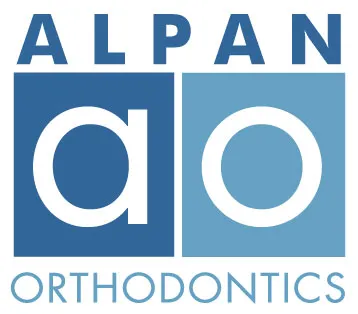What to Know About TMJ Disorder
 Most crooked teeth are inherently visible when patients smile, their unevenness disturbing what should be a perfectly balanced arrangement of teeth. However, not all of the effects of malocclusion (crooked teeth) involve visual appearance. When left untreated, a disproportionate bite can prove devastating by forcing the components of a patient’s mouth to absorb more pressure than they were designed to withstand. Often, it can lead to debilitating discomfort in the form of TMJ disorder, which describes damaged, inflamed, and/or misaligned jaw joints. As a dedicated orthodontist in Los Angeles, Dr. David Alpan has helped many patients find TMJ relief by correcting malocclusion, and by educating patients about the jaw dysfunction.
Most crooked teeth are inherently visible when patients smile, their unevenness disturbing what should be a perfectly balanced arrangement of teeth. However, not all of the effects of malocclusion (crooked teeth) involve visual appearance. When left untreated, a disproportionate bite can prove devastating by forcing the components of a patient’s mouth to absorb more pressure than they were designed to withstand. Often, it can lead to debilitating discomfort in the form of TMJ disorder, which describes damaged, inflamed, and/or misaligned jaw joints. As a dedicated orthodontist in Los Angeles, Dr. David Alpan has helped many patients find TMJ relief by correcting malocclusion, and by educating patients about the jaw dysfunction.
What does TMJ stand for?
TMJs are the temporomandibular joints that connect the lower jaw, or mandible, to the temporal bones in the skull. Located in front of each ear, TMJs move in tandem as the jaw opens and closes, and rely on proper balance to repeatedly absorb bite pressure without sustaining damage.
How do crooked teeth contribute to TMJ disorder?
Ideally, every tooth should be oriented vertically (directly up and down), and the grooves of its chewing surface should fit comfortably between those of the tooth it meets when the mouth is closed. If teeth are crooked, the jaw might not rest evenly, forcing its joints and muscles to strain as the patient bites, chews, and speaks. Over time, the additional strain can damage the joints, or force them out of proper alignment, contributing to TMJ disorder.
Can orthodontic treatment ease jaw discomfort?
If crooked teeth are the cause of your damaged jaw joints, then Dr. Alpan can prescribe an appropriate orthodontic treatment to straighten teeth and restore your bite’s balance. As the strain is lifted, the joints can heal and once again begin working properly. If other factors besides malocclusion contribute to TMJ disorder, then finding relief may entail one or more other procedures, depending on the nature of the condition.
How do I know if I have TMJ disorder?
Aside from chronic jaw pain and difficulty with jaw movement, TMJ disorder is associated with a wide range of craniofacial discomfort, some of which may not immediately seem dental related. Common symptoms of TMJ disorder include;
- Clicking and popping of the jaw
- Chronic, severe headaches and migraines
- Frequent earaches and/or ringing in the ears (tinnitus)
- Habitual teeth grinding, or bruxism
- Sore facial, mouth, and jaw muscles
About Dr. Alpan:
With offices in Los Angeles and Century City, Alpan Orthodontics has proudly served patients and their families from all surrounding communities since 1999. To schedule your orthodontic consultation, contact our Los Angeles office at 213-933-9171 to find the location nearest to you.



